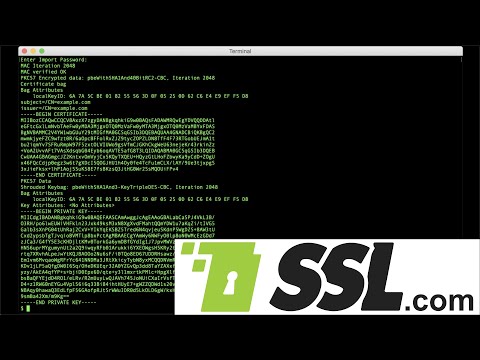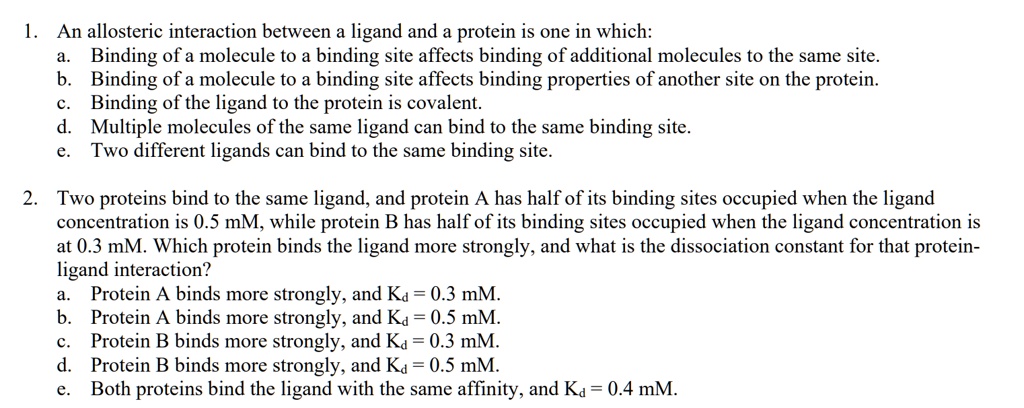
Hosts refer to a computer that offers services to other computers on the network. The host is often a mainframe computing device that connects to other workstations to provide service to the network's programs. It is also known as a large server in the Internet lingo. In both cases, the host is a powerful device or program that provides services to other programs or devices that are connected to the network.
Hosts are computers or devices that communicate with other hosts on a network
A host (also known as a server) is a computer that connects with a network and offers services to other devices. It can be used to send and receive data as well as applications. Hosts can be either physical or virtual devices in network architecture. Other devices that may be part of a network include routers and switch.
A network is a group of devices that can communicate with one another using an IP address. Each device is assigned an IP address and has specific software. This allows hostnames and software to be translated into IP addresses. They can then be found and communicate with other devices or networks. A network can include a number of devices such as routers and switches, hubs, WiFi boosters, routers, and routers.

Servers provide services for programs connected over the network
Servers are computer systems that offer services to other computers or programs that are connected to the network. They typically run a server operating system. This OS manages the resources of the computers and performs all server-related tasks. These systems can be used for many other purposes and have greater processing power and features.
Servers provide information to other computers, such as websites and files. They are an integral part of any information technology infrastructure. There are many varieties of servers that can be used, each with its own capabilities, size and shape.
Distributed Hosting is a form distributed hosting
Distributed hosting is a type of web hosting where many users share a single server, rather than requiring each website owner to purchase their own physical server. Web hosts host their servers within data centers. Subscriber websites don't have to maintain their physical servers. Instead, users can enter their URL through their web browser. It will translate it into an Internet Protocol address and send it to the server. The web host leases out the servers to users who use them for their websites.
A new generation of distributed web hosting is now available through the InterPlanetary File System (IPFS). This protocol, which is network-based, allows users to share content within a distributed system such as a shared data base. IPFS utilizes content-addressing in order to uniquely identify each individual file in a global nospace.

Cloud hosting is a newer type of hosting
Cloud hosting is a type of hosting service in which you can pay as much or as little as you want. This type of hosting is ideal for websites that get high traffic, but need flexible pricing options. It offers a safer storage option than traditional servers. Additionally, it can be used to monitor and protect web applications. It offers greater flexibility than traditional web hosting in terms of pricing.
Cloud hosting involves dividing a physical server in to many virtual machines. These virtual servers are then connected to form one network for hosting your site. It is also called cluster server hosting. It is more expensive than shared hosting, but offers many benefits. For example, the architecture of cloud hosting makes it easy to anticipate sudden traffic surges, and the virtual servers are constantly loaded with traffic without overloading the physical servers. Cloud hosting allows for greater security than other websites, which is why it's flexible.
FAQ
What Websites should I make?
This depends on your goals. To build a business around your website, you may want to focus on selling products online. This can only be achieved by building a solid eCommerce website.
Blogs, portfolios, forums, and other types of websites are also popular. Each of these requires different skills and tools. If you are looking to start a blog, then you need to know about blogging platforms like WordPress and Blogger.
You will need to decide how to customize your website's look when you select a platform. There are many themes and templates that you can use for free.
After you have chosen a platform, it is time to add content. Your pages can be filled with images, videos and text.
When you are ready to launch your new website, you can publish it online. Once your website is published, visitors will be able to access it in their web browsers.
WordPress: Is it a CMS or not?
Yes. It's a Content Management System. Instead of using Dreamweaver or Frontpage, a CMS lets you manage your website content directly from your web browser.
WordPress is free! Other than hosting, which you usually get from your ISP.
WordPress was initially designed as a blogging platform but now offers many different options, including eCommerce sites, forums, membership websites, portfolios, etc.
WordPress is very easy to set up and install. Download the file from their website, and then upload it to your server. You can then visit your domain name using your web browser to log in to your new website.
After installing WordPress you will need to create a username/password. Once you have logged in, a dashboard will appear where you can view all of your settings.
You can now add pages, posts and images to your site. You may skip this step if you feel comfortable editing and creating content.
But if you'd rather work with someone, you can hire a professional website designer to handle everything.
Should I hire a web designer or do it myself?
If you are looking to save money, don't spend on web design services. Hiring someone else to make your website is a good option if you're looking for quality results.
The truth is, there are many different ways to build websites from scratch without the need for expensive professional designers.
If you're willing to put in the time and effort, you can learn how to make a great-looking site yourself using free tools like Dreamweaver and Photoshop.
It is possible to outsource your project to a freelance web developer, who will charge by the hour rather than per-project.
Web development is hard?
Web Development is hard but you can learn it if you are passionate about coding.
All you have to do is find the right tools and then follow them step-by-step.
There are many tutorials available on YouTube and other platforms. You can also download free software online like Sublime Text or Notepad++.
Books can also be found in libraries and bookstores. Here are some of the most popular:
"Head First HTML & CSS" by O'Reilly Media
O'Reilly Media's "Head First PHP/Mysql 5th Edition"
Packt Publishing: "PHP Programming to Absolute Beginners"
I hope this article was helpful.
How to design your website?
It is important to first understand your customers and what your website should do for them. What do they look for on your site?
What other problems could they face if they can't find the information they need on your website?
You now need to know how to fix the problems. It is also important to ensure your site looks great. It should be easy-to-use and navigate.
Your site should be extremely well designed. It should not take too much time to load. If it takes too many seconds, people won’t be able stay as long. They will go elsewhere.
It is essential to determine where all your products reside before you start building an eCommerce website. Do they all reside in one spot? Are they scattered about your site?
It's important to decide if you want to sell just one product or multiple products. Are you interested in selling one type of product? Or multiple types?
When you answer these questions, your site can be built.
Now you need to worry about the technical side of things. How will your website work? Is your site fast enough to be useful? Is it possible to access the information quickly using a computer?
Will people be able to buy something without having to pay extra? Is it necessary for them to register before they are able to purchase anything?
These are crucial questions you should be asking yourself. These questions will help you to make the right decisions and move forward.
Can I create my own website with HTML & CSS?
Yes, you can! Basic knowledge of web design and programming languages such as HTML (Hyper Text Markup Language), and CSS (Cascading Stil Sheets) is required. These two languages make it possible to create websites accessible by all who have an internet connection.
Statistics
- It's estimated that in 2022, over 2.14 billion people will purchase goods and services online. (wix.com)
- It's estimated that chatbots could reduce this by 30%. Gone are the days when chatbots were mere gimmicks – now, they're becoming ever more essential to customer-facing services. (websitebuilderexpert.com)
- Did you know videos can boost organic search traffic to your website by 157%? (wix.com)
- When choosing your website color scheme, a general rule is to limit yourself to three shades: one primary color (60% of the mix), one secondary color (30%), and one accent color (10%). (wix.com)
- Is your web design optimized for mobile? Over 50% of internet users browse websites using a mobile device. (wix.com)
External Links
How To
How do you become a web developer
A website does not simply contain HTML code. It's an interactive platform that lets you communicate with users, and offer valuable content.
A website is not only a tool for delivering information, it's a portal that connects you to your customers. Customers should find the information they are looking for quickly and efficiently. It should also show them how to interact with you company.
The best websites let visitors do exactly what it says on the tin: find what they are looking for, then go.
This requires you to acquire technical skills as well design aesthetics. You'll have to understand the basics of HTML5 coding and CSS3 styling and the latest developments in JavaScript and other programming languages.
You'll also need to know how to use various tools, such as Dreamweaver, Photoshop, Illustrator, InDesign, and Fireworks, allowing designers to create and edit website graphics and layouts. You'll also need to create a style guide that includes everything, from fonts to colors to layout.
Start by researching articles and taking online courses if you are interested in becoming web designers.
Although your degree may take months, or even years, once you earn it you will be ready for the workforce.
Don't forget to practice! It will be easier to create great websites the more you learn how to design.